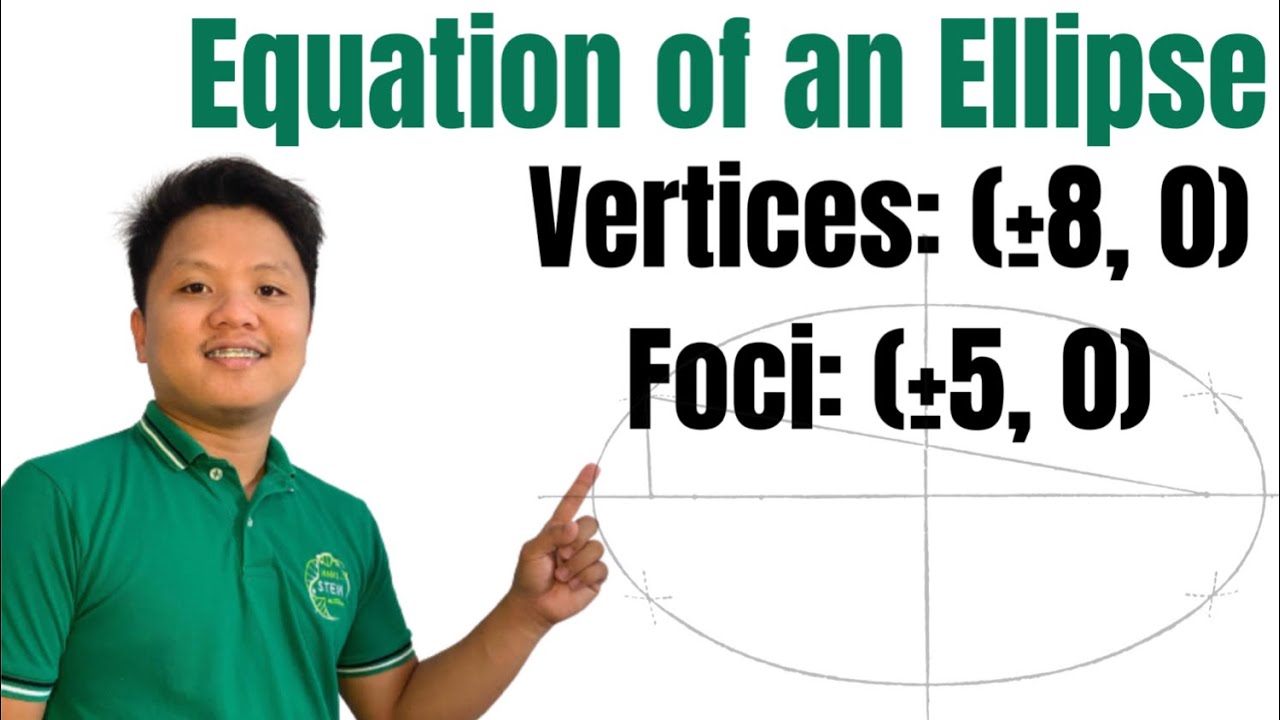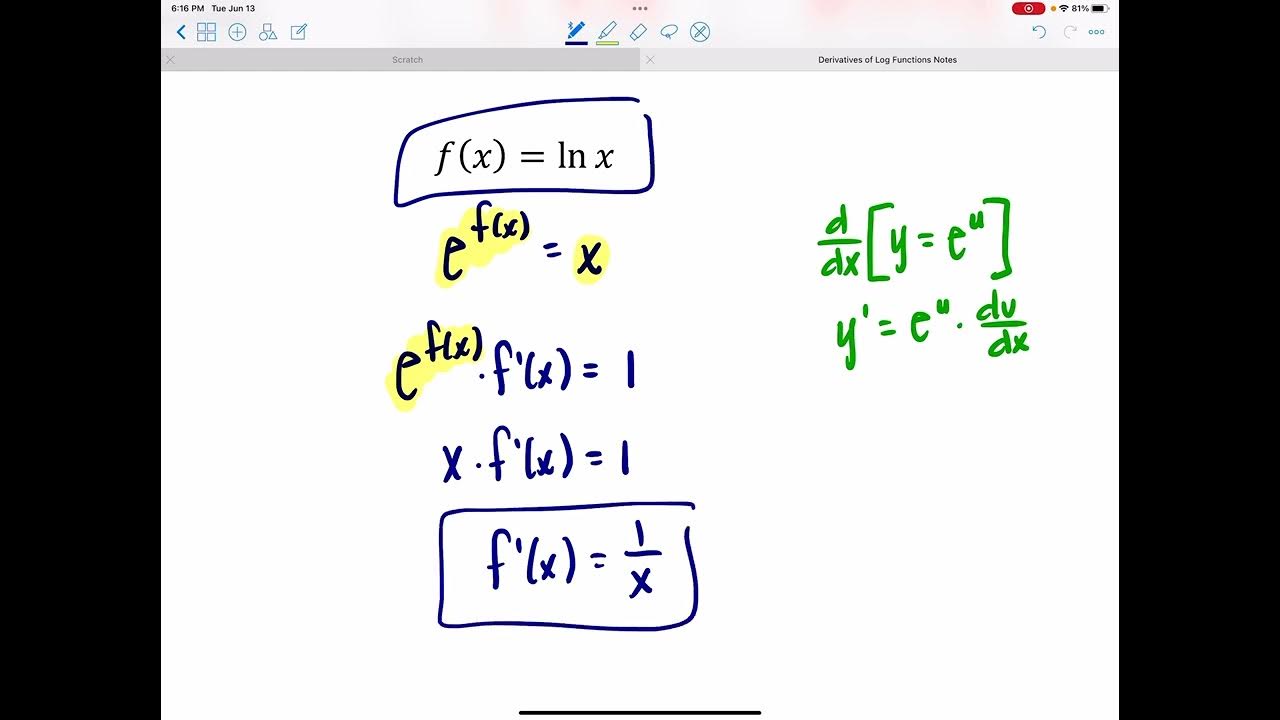Math Problems - Exponential Equations With Radicals
TLDRThis educational video tackles a complex exponential equation: \( x^{x^x} = \frac{1}{2}^{\sqrt{2}} \). The presenter guides viewers through a step-by-step process to simplify and solve for \( x \). They start by rewriting the square root of two as \( 2^{1/2} \), then strategically manipulate the equation by introducing numbers that sum or multiply to one, without changing the expression's value. The key insight involves converting \( \frac{1}{2} \) into a fractional exponent form, eventually leading to \( x = \frac{1}{4} \). The video emphasizes the importance of understanding exponents, radicals, and the ability to manipulate expressions by introducing terms that equal one in multiplication or sum to zero in addition.
Takeaways
- 🧐 The problem involves solving an exponential equation where \( x \) raised to the power of \( x \) raised to the power of \( x \) equals \( \frac{1}{2} \) raised to the power of the square root of 2.
- 📚 The square root of two is rewritten as \( 2^{1/2} \) to simplify the equation.
- 🔍 The goal is to adjust the equation so that a number is raised to the same base to the same power, which will be the value of \( x \).
- 📈 The video suggests adding numbers or multiplying by factors that equal one to manipulate the equation without changing its value.
- 📝 The equation is transformed by multiplying the exponent \( \frac{1}{2} \) by \( 2 \times \frac{1}{2} \) to get \( 2 \times \frac{1}{4} \), which simplifies to \( 4 \times \frac{1}{4} \).
- 🔢 The expression \( 2^2 \) is recognized as 4, and the equation is adjusted to \( \left(\frac{1}{2}\right)^4 \) raised to the \( \frac{1}{4} \) power.
- 🎯 The video demonstrates the use of negative exponents by expressing \( \frac{1}{2} \) as \( 16^{-1/4} \) and then rewriting it as \( \frac{1}{16^{1/4}} \).
- 📉 The expression is further simplified by replacing \( \frac{1}{2} \) with \( \frac{1}{16^{1/4}} \) and multiplying by \( 4^{1/4} \).
- 🧩 By recognizing that \( 4 \times \frac{1}{16} \) simplifies to \( \frac{1}{4} \), the equation is reduced to \( \left(\frac{1}{4}\right)^{1/4} \).
- 🏁 The final answer is that \( x \) equals \( \frac{1}{4} \), which is the solution to the original exponential equation.
Q & A
What is the original exponential equation presented in the video?
-The original exponential equation is \( x^{x^x} = \left(\frac{1}{2}\right)^{\sqrt{2}} \).
What is the first step taken to simplify the equation in the video?
-The first step is to rewrite the square root of two as \( 2^{\frac{1}{2}} \) to eliminate the radical.
Why is it necessary to adjust the information on the right side of the equation?
-It is necessary to adjust the information so that the equation becomes a number raised to the same number raised to the same number, which will help in finding the value of x.
What is the purpose of adding numbers without changing the value of the expression?
-Adding numbers without changing the value of the expression is a technique used to manipulate the equation into a form that can be more easily solved.
How is the expression manipulated to introduce the number 2 as an exponent?
-The expression is manipulated by multiplying the final exponent (1/2) by 2 * (1/2), which equals 1, and then squaring 1/2 to get 1/4, introducing the number 2 as an exponent.
What is the significance of rewriting two to the second power as four?
-Rewriting two to the second power as four simplifies the expression and allows for further manipulation to match the structure \( x^{x^x} \).
Why is it necessary to rewrite one-half as a power of 16?
-Rewriting one-half as a power of 16 allows for the introduction of a negative exponent, which can be moved below the fraction to simplify the expression further.
How does the video suggest combining the terms to solve for x?
-The video suggests combining the terms by multiplying the exponents and simplifying the expression to find that x is equal to 1/4.
What mathematical concepts are used in solving the equation in the video?
-The mathematical concepts used include exponents, radicals, and the manipulation of expressions by introducing numbers that multiply or add to one or zero, respectively.
What is the final answer for the value of x in the equation presented?
-The final answer for the value of x is \( \frac{1}{4} \).
Outlines
🧐 Solving Exponential Equations with x to the Power of x
This paragraph introduces a complex exponential equation where x raised to the power of x equals one half raised to the square root of two. The speaker guides the audience through the process of solving the equation by suggesting to first rewrite the square root of two as two to the power of one-half to eliminate the radical. The goal is to adjust the equation so that both sides have the same base raised to the same power, which will be the value of x. The speaker also encourages the audience to subscribe to the channel and check out more challenging problems in the description section.
🔍 Manipulating Exponents to Find the Value of x
In this paragraph, the speaker continues to dissect the exponential equation, using properties of exponents and radicals to simplify and solve for x. The process involves multiplying the exponent by two times one-half to keep the value unchanged, and then squaring the one-half to get one-fourth. The equation is further manipulated by introducing additional terms and using the fact that two to the fourth power is sixteen, to rewrite one-half as sixteen to the negative one-fourth. The final steps involve combining terms and simplifying the expression to find that x equals one over four, showcasing the importance of understanding exponent rules and the ability to introduce numbers without changing the expression's value.
Mindmap
Keywords
💡Exponential Equation
💡Square Root
💡Exponent
💡Raising to a Power
💡Multiplication Property
💡Equivalence
💡Negative Exponent
💡Fractional Exponent
💡Simplification
💡Root
💡Subscription and Notification
Highlights
Problem presented: x to the power of x to the power of x equals one half to the power of the square root of two.
Strategy to solve the exponential equation by adjusting the right side to match the left side's structure.
Rewriting the square root of two as two to the power of one-half to eliminate the radical.
Adding numbers without changing the value of the expression, using the example of adding four and negative four to keep the value of five.
Multiplying by two times one-half to keep the value unchanged and simplify the expression.
Introducing the concept of multiplying exponents and simplifying the expression to two times one-fourth.
Adjusting the expression by squaring two to get four and then raising it to the one-fourth power.
Adding more numbers to the expression by multiplying by 2 times a half and introducing four to the one-fourth.
Using the square of one half to simplify the expression further.
Changing one-half into an exponential fraction by using the fourth root of sixteen.
Expressing one-half as a negative exponent, 16 to the negative one-fourth, to simplify the expression.
Replacing one half with 1 over 16 raised to the one-fourth due to their equivalence.
Multiplying 4 and 1 over 16 with the same exponential fraction to find the value of x.
Simplifying the expression to 4 over 16 with the same exponential fraction raised to the one-fourth.
Crossing out a four to simplify the expression and arrive at the final answer.
Conclusion that x equals 1 over 4, demonstrating the use of exponents and radicals in solving the problem.
Emphasizing the importance of understanding exponents, radicals, and the ability to introduce numbers to simplify expressions.
Transcripts
5.0 / 5 (0 votes)
Thanks for rating:





